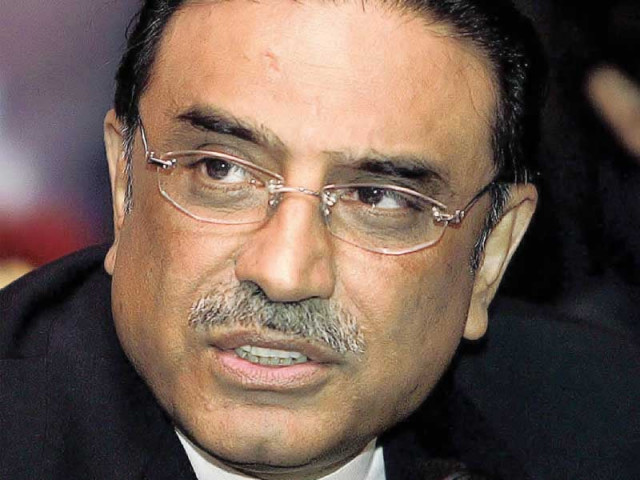
Karachi is facing a major water crisis - demand outstrips supply by over 100 per cent.
The situation may change as the President will be laying the foundation for a multibillion rupee water project next month. The K-IV project will bring an additional 260 million gallons per day (MGD) by 2016. For the moment, valve operators of the Karachi Water and Sewerage Board (KWSB) will be alternating supply from one area to another.
“This event has been delayed for a long time but I am glad it is happening now,” said KWSB managing director Misbahuddin Farid. He refused, however, to share the exact date of the inauguration due to security concerns.
The city’s total water demand stands at 1,100 MGD against a supply of 670 MGD. Farid admitted that actual supply is less than that as pumping stations do not run at full efficiency.
The last time Karachi received additional supply was in 2006 when the K-III pipeline was completed. It added 100 MGD to the system at the time and it was expected that 150 MGD will be brought to the city every other year after that.
“Financing such a project that costs more than Rs25 billion has been a problem,” said Farid. “Money for initial ground work has been allocated but it could get tough going forward considering the general economic condition so we are considering different options.” The cost of the project will be shared by the federal and Sindh governments, which run their own deficits and have been struggling to finance other key projects. KWSB is trying to woo international donors and financial institution to share this project.

Referring to the repercussions of a severe water crisis, Farid said, “I know every pipeline and valve there is. The water crisis is going to create a lot of law and order problems if we don’t do anything about it.”
Greater Sewerage scheme
During his expected visit to Karachi, President Zardari will also kick-start work on the Rs17-billion Greater Sewerage or S-III project, which is meant to ensure treatment of sewage before its disposal into the Arabian Sea.
Untreated sewer makes its way into the sea through Lyari and Malir rivers so KWSB plans to build pipelines to collect all of the sewerage.
A new treatment plant with a capacity of 200 MGD will be located at Korangi. The city generates 472 MGD of sewerage and only 11 per cent or 55 MGD of it is treated, he added.
KWSB has three sewage treatment plants at SITE, Mehmoodabad and Mauripur with an installed capacity to treat 151 MGD. But all of them are running below capacity, he said.
“It was not just the lack of funds, which forced existing treatment plants to run below capacity. The sewerage was not even reaching them. Now with the conduits being built in Lyari and Malir rivers, we will try to make sure that most of it is pumped to the treatment plants.”
Published in The Express Tribune, November 28th, 2012.

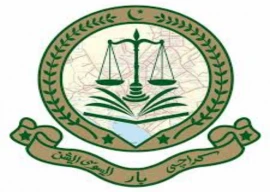
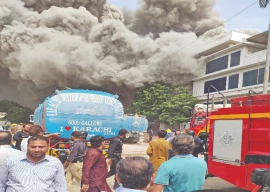
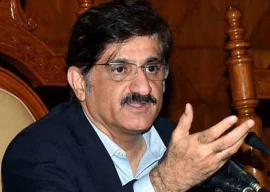
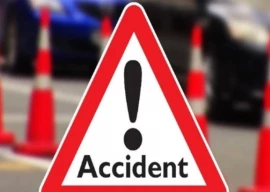


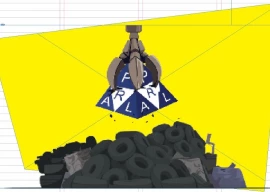



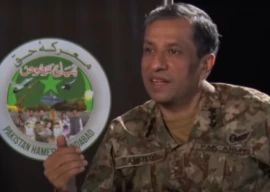






COMMENTS
Comments are moderated and generally will be posted if they are on-topic and not abusive.
For more information, please see our Comments FAQ